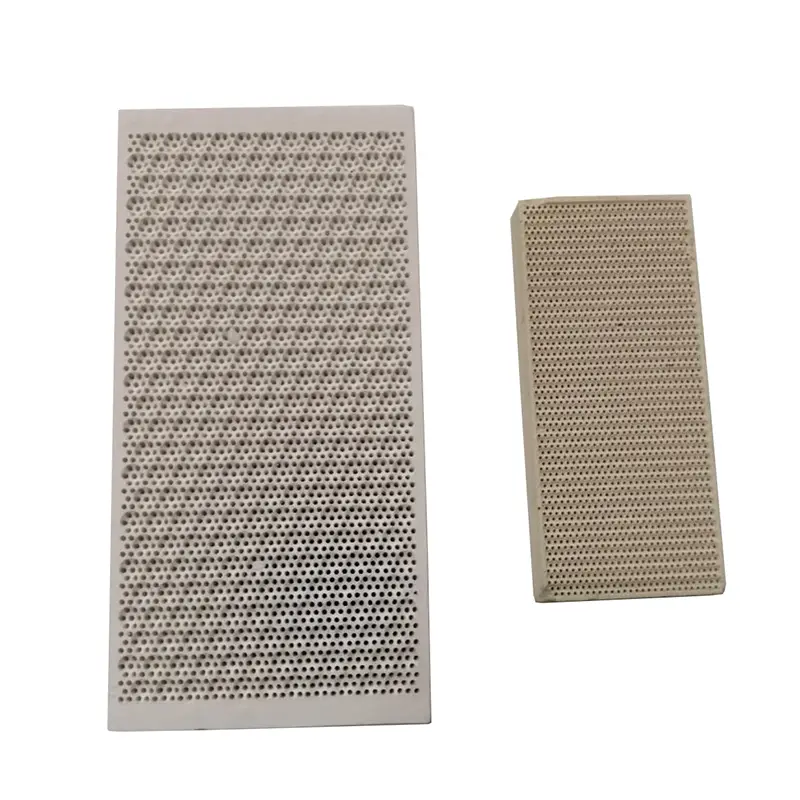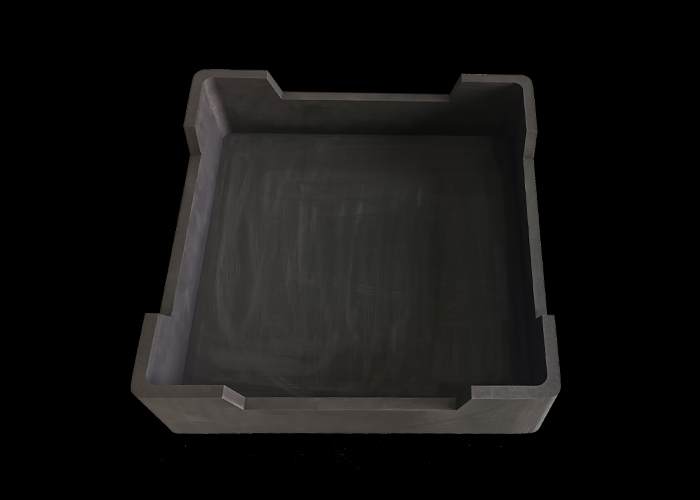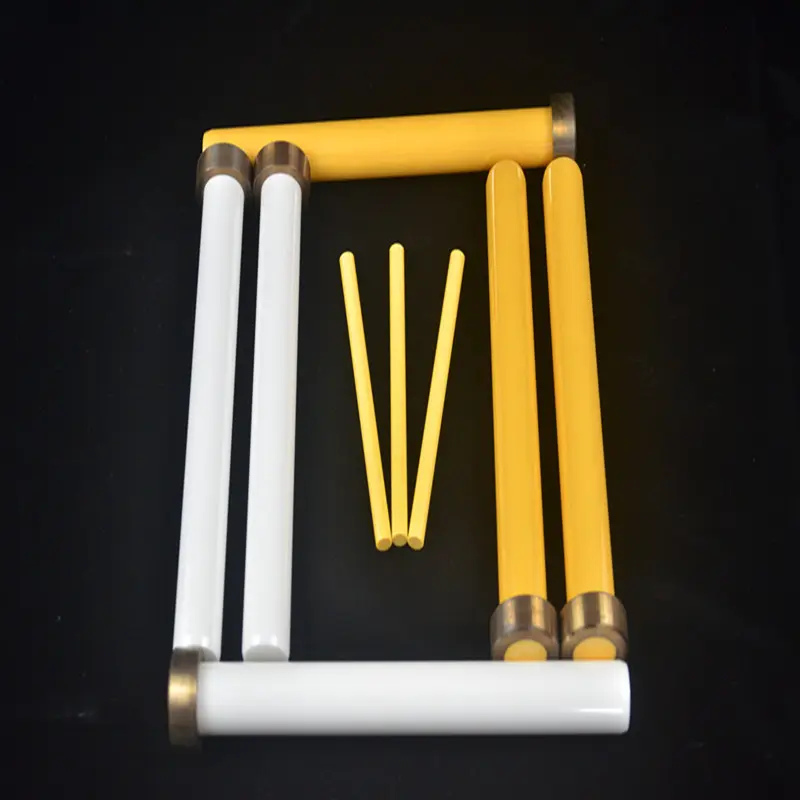Applications of Magnetic Materials in Modern Industrial Production
1. Energy Sector
-
Motors & Generators: High-performance permanent magnets (e.g., NdFeB) are used in high-efficiency motors, widely applied in new energy vehicles and wind power generation. Rare-earth permanent magnet motors offer high power density and low energy consumption, dominating electric vehicle drive systems.
-
Transformers & Power Transmission: Silicon steel and amorphous alloys are key materials for transformer cores, reducing eddy current losses and improving energy conversion efficiency. Amorphous alloy transformers have only 40% of the no-load losses of silicon steel transformers, making them ideal for smart grids and renewable energy systems.
-
Magnetic Energy Storage: Magnetic materials optimize energy storage and release efficiency in supercapacitors and battery management systems.
2. Electronics & Communications
-
Data Storage: Hard disk drives (HDDs) rely on magnetic materials for data recording. Despite the rise of solid-state drives (SSDs), high-capacity storage still depends on magnetic media.
-
High-Frequency Electronic Components: Soft ferrites and magnetic powder cores are used in inductors, filters, and other high-frequency devices, widely applied in 5G communications and RF equipment.
-
Electromagnetic Shielding: Magnetic materials reduce electromagnetic interference (EMI) in electronic devices, improving signal stability.
3. Transportation & New Energy Vehicles
-
EV Drive Motors: Permanent magnet synchronous motors (PMSMs) use NdFeB magnets to enhance energy efficiency and range. Companies like Tesla and BYD employ this technology.
-
Maglev Trains: Superconducting or permanent magnets enable frictionless levitation and propulsion.
-
Wireless Charging: Magnetic materials optimize inductive charging efficiency for EVs and consumer electronics.
4. Healthcare & Biotechnology
-
Magnetic Resonance Imaging (MRI): Superconducting or permanent magnets generate strong magnetic fields for medical imaging.
-
Targeted Drug Delivery: Magnetic nanoparticles can direct drugs to specific disease sites, improving treatment efficacy.
5. Smart Manufacturing & Automation
-
Industrial Robots: Magnetic sensors (e.g., Hall sensors) enable precise robotic arm control.
-
Automated Production Lines: Magnetic encoders, solenoid valves, and other components enhance manufacturing precision and efficiency.
-
3D Printing & Precision Machining: Magnetic materials enable additive manufacturing of specialized functional parts.
6. Environmental Protection & Green Energy
-
Wind Power: Permanent magnet direct-drive generators reduce gear losses and improve wind energy conversion efficiency.
-
Wastewater Treatment: Magnetic adsorbents efficiently remove heavy metals and other pollutants.
-
Solar Thermal Conversion: Magnetic materials optimize light absorption and thermal energy storage.
Future Trends
-
High-Performance Material Development: Nanocrystalline soft magnets, rare-earth alternatives (e.g., SmFeN), and cost-effective solutions.
-
Smart & Integrated Systems: AI-powered magnetic sensors for smart factories.
-
Sustainability: Reduced reliance on rare earths and recyclable magnetic materials.
-
Emerging Applications: Low-altitude economy (drones), quantum computing (superconducting magnets), and more.
Conclusion
As an "invisible pillar" of modern industry, magnetic materials enhance energy efficiency, drive smart manufacturing, and promote green production. With advancements in materials science and expanding applications, their significance will continue to grow.










